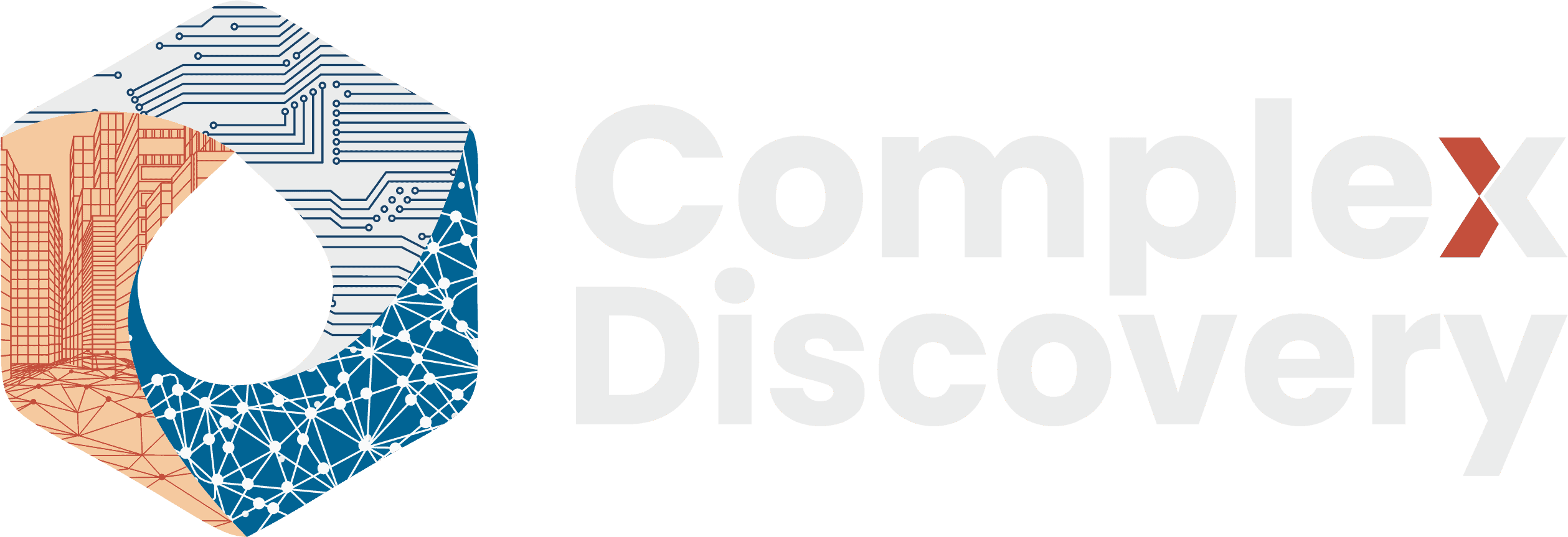Editor’s Note: The addition of 183 million credentials to Have I Been Pwned represents not a single breach but rather the industrialized scale of modern credential theft through infostealer malware. This investigation separates fact from sensationalism, providing essential context for cybersecurity, legal, and compliance professionals. With 91% of the exposed credentials having circulated previously and 16.4 million representing new exposures, the incident highlights the persistent challenge of credential security in an era where personal and corporate digital identities increasingly intersect. For organizations evaluating authentication strategies and incident response protocols, this analysis offers both technical clarity and actionable guidance.
Content Assessment: Infostealer Logs Expose 183M Credentials: Strategic Implications for Cybersecurity
Information - 93%
Insight - 94%
Relevance - 91%
Objectivity - 91%
Authority - 90%
92%
Excellent
A short percentage-based assessment of the qualitative benefit expressed as a percentage of positive reception of the recent article from ComplexDiscovery OÜ titled, "Infostealer Logs Expose 183M Credentials: Strategic Implications for Cybersecurity."
Industry News – Cybersecurity Beat
Infostealer Logs Expose 183M Credentials: Strategic Implications for Cybersecurity
ComplexDiscovery Staff
In a significant development highlighting persistent digital vulnerabilities, a massive dataset containing credentials from over 183 million accounts has been added to the Have I Been Pwned breach notification platform. While headlines have sensationalized this as a “Gmail breach,” the reality is more nuanced: this represents nearly a year of aggregated data harvested by infostealer malware from infected devices worldwide, not a breach of Google’s systems or any single platform.
The dataset, assembled by threat intelligence researcher Benjamin Brundage of Synthient and shared with Have I Been Pwned creator Troy Hunt, totals 3.5 terabytes containing 23 billion rows of data. However, approximately 91% of a sample of 94,000 credentials had already appeared in previous breaches, with 16.4 million email addresses representing genuinely new exposures. This distinction is critical: rather than a discrete security incident, this collection reflects the continuous, pervasive threat of credential-harvesting malware operating across the internet.
Understanding the Threat: Infostealers, Not Breaches
Google has firmly disputed characterizations of this incident as a Gmail breach. In late October, the company stated, “Reports of a ‘Gmail security breach impacting millions of users’ are false. Gmail’s defenses are strong, and users remain protected. The inaccurate reports are stemming from a misunderstanding of infostealer databases, which routinely compile various credential theft activity occurring across the web”.
The data originates from infostealer malware—malicious software that silently captures credentials as users enter them on infected devices. When someone logs into a website on a compromised machine, the malware records three pieces of information: the website address, the email address, and the password. This data is then sold and traded repeatedly through underground markets on Telegram channels, forums, and darknet platforms.
Benjamin Brundage spent nearly a year monitoring these criminal ecosystems, building systems that tracked Telegram channels processing up to 600 million stolen credentials in a single day at peak activity. “The stealer log ecosystem is split into multiple different groups,” Brundage explained in his analysis of the data collection process. His research indexed 30 billion Telegram messages from channels where stolen credentials are continuously shared and resold among cybercriminals.
Verification and Authenticity
Troy Hunt conducted extensive verification of the dataset’s legitimacy before adding it to Have I Been Pwned. He reached out to affected subscribers, and multiple users confirmed the accuracy of the exposed credentials. “Where is your data on the internet?” Hunt wrote in his analysis. “The truth is that once the bad guys have your data, it often replicates over and over again via numerous channels and platforms”.
One respondent confirmed that a password listed in the stealer logs was indeed “an accurate password on my Gmail account a few months ago”. Hunt’s verification process included checking patterns of website usage, testing account enumeration vectors, and analyzing geographic consistency in the data—all of which confirmed the dataset’s authenticity while preserving user privacy.
Importantly, Hunt’s analysis revealed that 91% of the credentials had been previously observed in other breach collections, particularly in prior stealer log compilations such as “ALIEN TXTBASE”. This fact demonstrates how stolen credentials circulate and are repeatedly repurposed within criminal networks, often for years after initial compromise.
Corporate and Individual Implications
For organizations, this exposure underscores vulnerabilities in environments where authentication relies primarily on passwords. The aggregated nature of infostealer data means that credentials harvested from personal devices can provide access to corporate systems when employees reuse passwords across personal and professional accounts.
Security experts consistently emphasize multi-factor authentication (MFA) as a critical defense layer. According to cybersecurity best practices, accounts with MFA enabled are significantly less likely to be compromised. MFA adds authentication layers beyond passwords—such as security keys, authenticator apps, or biometric verification—making unauthorized access significantly more difficult even when passwords are exposed. Organizations benefit from implementing comprehensive password management policies requiring unique credentials across all systems, conducting regular security audits of access protocols and authentication methods, providing ongoing employee education on infostealer threats and credential hygiene, and deploying monitoring services such as Have I Been Pwned’s domain search for corporate email addresses.
The Underground Credential Economy
The proliferation of stolen credentials reflects a thriving underground economy. Following the closure of several major cybercrime forums in early 2025, Telegram has become the primary hub for trading stolen data. The platform’s combination of encryption, automation through bots, unlimited file sharing, and ease of access has made it an ideal replacement for traditional darknet marketplaces. Credential stuffing—using stolen username and password pairs to access accounts on multiple platforms—remains one of the most effective attack vectors. High-profile breaches in recent years have been traced to compromised credentials providing initial access to corporate networks.
Recommended Protective Measures
Individuals should take immediate steps to assess and mitigate their exposure. The first critical action involves checking exposure status by visiting Have I Been Pwned and entering email addresses to determine if credentials appear in the Synthient Stealer Log Threat Data or other breaches. The platform offers a dedicated “Stealer Logs” section in registered user dashboards for ongoing monitoring.
When credentials appear in the dataset, immediate password changes become essential for all affected accounts, ensuring new passwords are unique and complex. This password update process should extend beyond the directly affected account to any other services where the same or similar passwords may have been reused. Enabling multi-factor authentication on all accounts that support it—particularly email, financial services, and work-related platforms—provides crucial additional protection. Security professionals recommend prioritizing phishing-resistant methods, such as hardware security keys or authenticator apps, over SMS-based codes, which remain vulnerable to interception.
Adopting a password manager represents another fundamental security improvement. Tools like 1Password, Bitwarden, or other reputable password managers can generate and store unique passwords for each account, eliminating password reuse vulnerabilities. These applications remove the cognitive burden of remembering dozens of complex passwords while ensuring each service receives a distinct, strong credential.
Because infostealer malware compromises devices themselves, individuals whose credentials appear in stealer logs should conduct comprehensive malware scans of all potentially affected systems. Professional malware removal services may prove necessary if infections are detected, as some infostealers employ sophisticated persistence mechanisms. Ongoing vigilance through monitoring for suspicious activity—including unauthorized login attempts, unexpected password reset requests, or unusual account behavior—helps identify potential exploitation attempts before significant damage occurs.
A Continuous Threat Landscape
Troy Hunt emphasized that, unlike discrete data breaches affecting single companies, infostealer logs represent “a firehose of data that’s just constantly spewing personal info all over the place”. This characterization proves crucial for understanding the ongoing nature of the threat. Credential theft through malware is not a one-time incident but a persistent, evolving challenge that requires sustained vigilance.
Research indicates significant increases in stolen credentials during 2025, reflecting the growing prevalence and sophistication of infostealer malware. These programs operate covertly, extracting not only login credentials but also browser information and active session tokens, often without triggering obvious security alerts. The malware typically harvests data from browsers, email clients, cryptocurrency wallets, and other applications storing authentication information, creating comprehensive profiles of the victim’s digital identities.
While Google’s systems were not breached and the majority of exposed credentials had circulated previously, the addition of 16.4 million previously unseen email addresses to the public record represents a genuine new risk. The incident serves as a critical reminder that cybersecurity is not solely the responsibility of platform providers—individuals and organizations must actively participate in protecting their digital identities through robust authentication practices, regular security audits, and awareness of emerging threats.
The persistent circulation of stolen credentials through underground markets, the automation of credential-stuffing attacks, and the ease with which malware can harvest sensitive data collectively underscore an urgent need for comprehensive security hygiene. This exposure, while not a new breach, demands a proactive response to prevent credential reuse from becoming the gateway to more serious compromises across the digital ecosystem. Organizations and individuals alike must recognize that legacy password-only authentication models no longer provide adequate protection in an environment where credentials are continuously harvested, aggregated, and weaponized by sophisticated criminal networks operating at an industrial scale.
News Sources
- 183 Million Synthient Stealer Credentials Added to Have I Been Pwned (HackRead)
- Inside the Synthient Threat Data (Troy Hunt)
- Google disputes false claims of massive Gmail data breach (BleepingComputer)
- 183M Gmail Passwords Exposed Via Infostealer Malware (Dataconomy)
- Your logins could be among 180M just added to Have I Been Pwned (ZDNet)
- Google responds to claim of millions of Gmail passwords leaked; calls in ‘entirely inaccurate and …’ (Times of India)
- The Stealer Log Ecosystem: Processing Millions of Credentials a Day (Synthient)
Assisted by GAI and LLM Technologies
Additional Reading
- When Anonymity Becomes a Weapon: Inside the Takedown of Europe’s Largest SIM Farm Operation
- When the Sky Falls Silent: Europe’s New Hybrid Threat Landscape
- European Drone Incidents Expose Critical Gaps in Enterprise Security and Hybrid Defense
- Microsoft Disables Cloud Services for Israeli Intel Unit Citing Surveillance Misuse
- EU Agrees on GDPR Cross-Border Enforcement Reform: New Procedural Rules to Streamline Investigations
- When Legal Privilege Isn’t Enough: Cyber Threats Escalate in the Legal Industry
Source: ComplexDiscovery OÜ








































